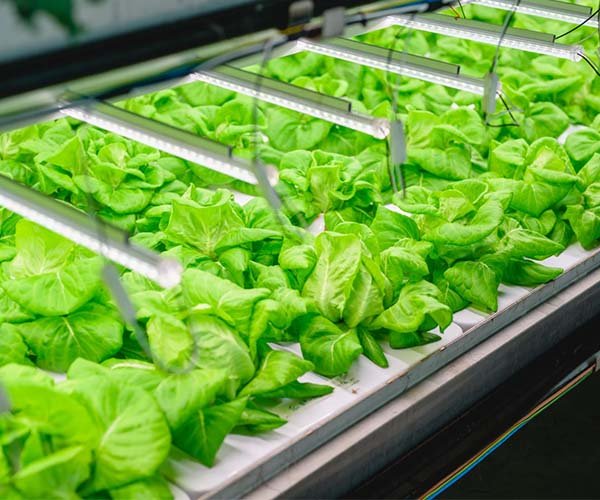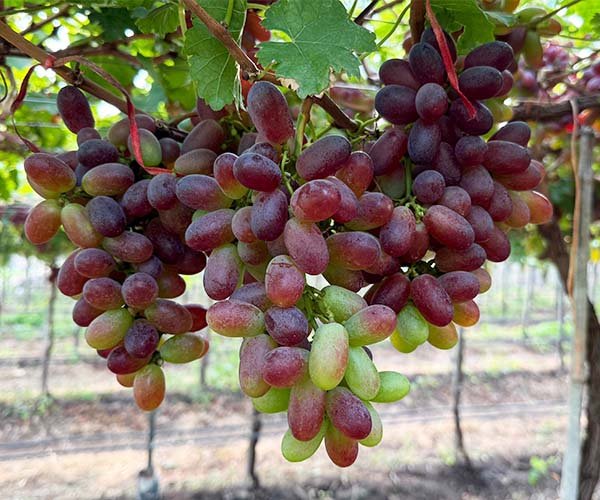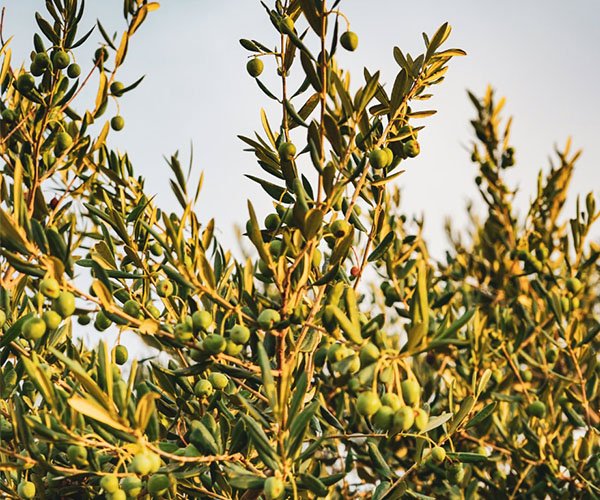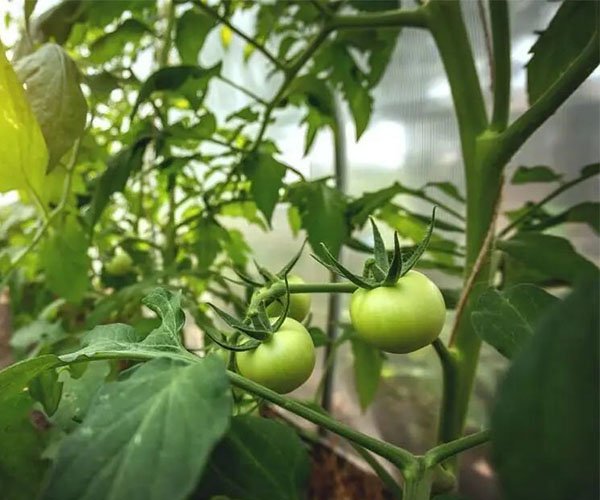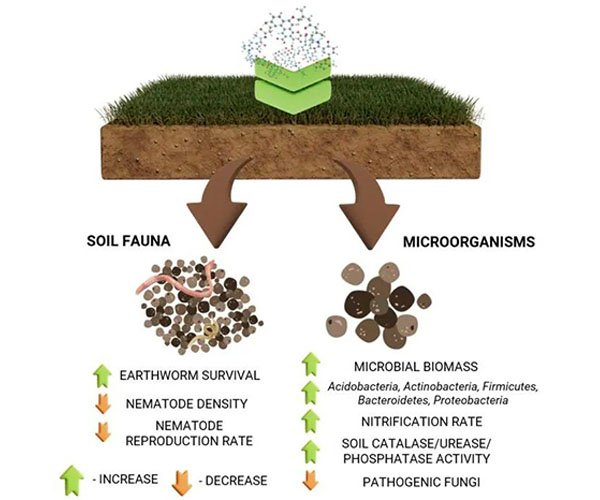Polyglutamic Acid (PGA) in Agriculture: A Sustainable Fertilizer Synergist
Polyglutamic acid (PGA) is a water-soluble biopolymer produced through microbial fermentation. Structurally, it consists of glutamic acid units linked by peptide bonds between the α-amino and γ-carboxyl groups. Among its various forms, γ-PGA exhibits excellent water retention capacity and serves multiple functions, including thickening, moisturizing, film-forming, and biodegradability, while being non-toxic and highly soluble. These …
Polyglutamic Acid (PGA) in Agriculture: A Sustainable Fertilizer Synergist Read More »


